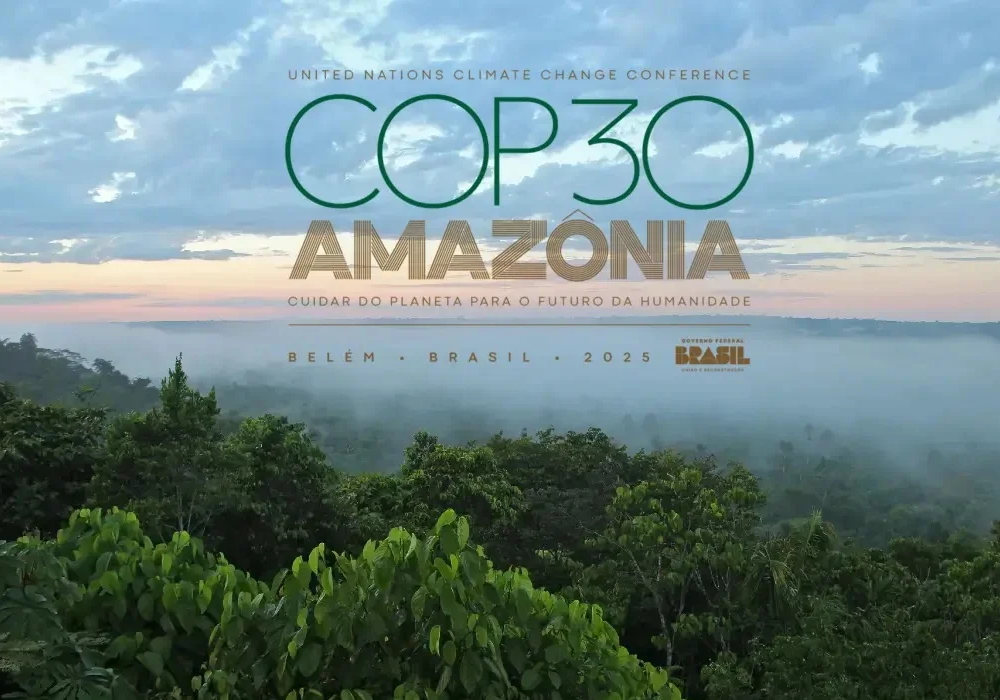

Born from the 1992 UNFCCC (United Nations Framework Convention on Climate Change) treaty and signed at the Rio Earth Summit, the COP (Conference of the Parties) completes three decades of climate commitment meetings. The 30th COP or the ‘2025 United Nations Climate Change Conference’ is being held at the heart of the Amazon (Belem, Brazil) and is currently in progress. Yet, when it comes to evaluating the achievements as opposed to targets or goals, the mass notion is that the majority of the countries have failed to achieve the agenda of the climate meets and only 15 have achieved the deadline set by the latest Paris agreement for 2025 (which was inscribed at the COP21). Let’s explore what is the ground reality of COPs versus aluminium in the past thirty years.

Image source: https://www.who.int/
Also read: Nobel Peace Center and Hydro gift the Peace Bench during COP30
COPs & aluminium — what has happened to date
At COP26 (Glasgow, 2021), aluminium featured indirectly. Sectoral announcements and data releases in the run-up to Glasgow highlighted energy-efficiency gains and the need for sectoral alignment with 1.5°C pathways. COP26 also stimulated discussion about trade-and-carbon (for example, carbon intensity in steel and aluminium was part of broader policy conversations).
The aluminium sectoral leaders used Glasgow as a platform to report progress and press for industrial decarbonisation support.
Again, COP27 (Sharm el-Sheikh, 2022), which was framed as an “implementation” COP, saw the aluminium sector's continued engagement (IAI and partners ramped up communications and partnership work around industry decarbonisation).
Responses








